As an experimental submersible, Titan was not bound by legal regulations and lacked several essential systems, raising safety concerns.
Rescue teams are racing against time to find the Titan submersible carrying five people missing in the Atlantic Ocean since June 18. The US Coast Guard is deploying additional underwater vehicle capabilities to search for the vessel, but estimates that those inside only have about 20 hours of oxygen left.
The Titan, owned by OceanGate, a private dive company that offers tours of the Titanic wreck for $250,000 per person, began its journey on the morning of June 18, but lost contact with its mothership, the Polar Prince, after about an hour and 45 minutes.
Experts have proposed many theories about the cause of Titan's disappearance, ranging from it being entangled in Titanic debris, losing power, to problems with its communications systems. However, the incident has raised many questions about the design and safety features of the Titan.
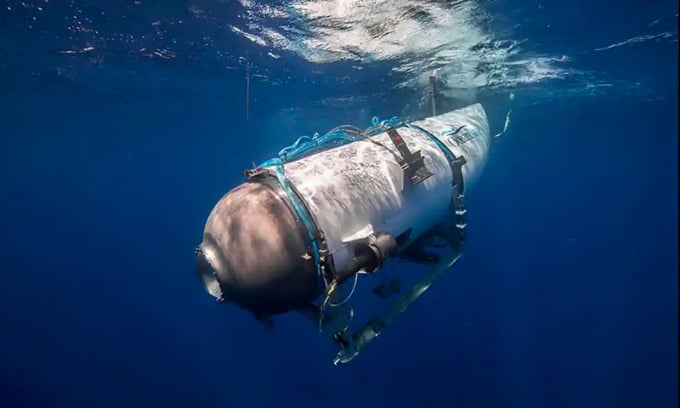
The Titan submersible during a launch. Photo: OceanGate Expeditions
The Titan submersible is made of carbon fiber and titanium, according to OceanGate. Measuring 6.7 meters by 2.8 meters by 2.5 meters, the Titan is designed to carry a pilot and four passengers. It weighs 10,432 kilograms, can travel at a maximum speed of 5,556 kilometers per hour and dive to a depth of 4,000 meters.
The ship has no dedicated steering system, but is controlled by a PlayStation controller. To communicate with the mothership, Titan sends messages via a sonar system (USBL).
The Titan has no seats, so passengers sit cross-legged on the floor, watching their surroundings on digital screens connected to 4K cameras on the outside. The ship has only a rudimentary toilet, consisting of plastic bags and bottles. Information posted on the OceanGate website recommends that passengers limit their food and drink before and during the dive to avoid having to use the toilet.
After hearing about the missing submersible, CBS reporter David Pogue said the OceanGate submersible he had been on did not have an emergency locator transmitter (ELT). This device is usually carried on aircraft and ships to send signals to help rescuers determine their location in an emergency.
It's such a basic and essential piece of equipment that it has led many to question the safety of the Titan. OceanGate CEO Stockton Rush later dismissed the concerns, saying there was a limit to how many safety measures a submersible should have.
"Sometimes, safety is just superfluous. I mean, if you want to be safe, don't get out of bed, don't get in the car, whatever. You have to accept some risk sometimes for some reward. I think I can break the rules in a safe way," Rush said.
Rush, one of five passengers trapped on the missing ship, is the founder and board member of the nonprofit OceanGate Foundation, which works to leverage emerging maritime technology to further the exploration of marine science, history and archaeology.
Before each Titanic tour on the Titan, passengers are briefed on the potential risks. Mike Reiss, who took the Titan tour last year, said, “You have to sign a waiver that you assume liability if you die.” Reiss added that he had been on the OceanGate tour and almost every time the ship lost contact.
But this isn’t the only troubling revelation about the technology on the Titan submersible. In March 2018, the Marine Technology Association wrote to Rush, warning that the company’s current testing methods for building submersibles could lead to serious problems.
“We recommend that the company at least establish a prototype testing program that is reviewed and evaluated by the Norwegian certification body DNV-GL,” the letter reads.
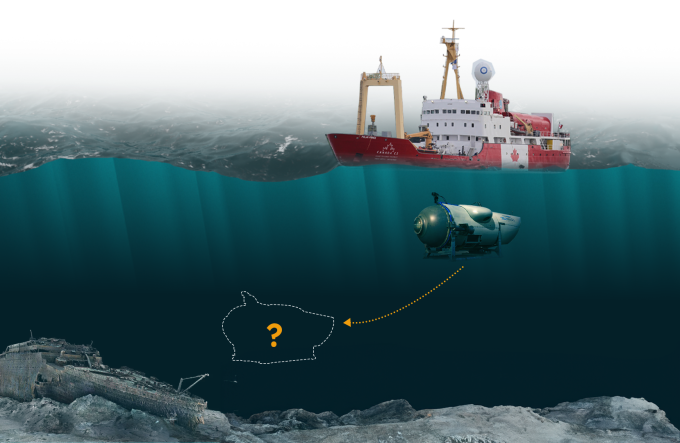
How the Titan submarine disappeared. Click on the image to see details
OceanGate fired its chief operating officer, David Lochridge, in early 2018 after he raised safety concerns about the Titan submersible and refused to approve human test trips. In a lawsuit filed in Washington state five years ago, OceanGate accused Lochridge of breaching a confidentiality agreement by disclosing confidential and proprietary company information.
The former CEO expressed concern that OceanGate refused to conduct nondestructive testing of the hull design, a method of finding internal or external defects without damaging the Titan. In his counterclaim, Lochridge said the submersible’s viewing window design was designed to withstand pressures only at depths of 1,300 meters, but Ocean had planned to take passengers as deep as 4,000 meters.
Lochridge asked OceanGate to assess the safety of the Titan through a US expert agency.
Nearly a year later, OceanGate has come forward to explain why it did not conduct a safety assessment of the Titan. The company acknowledged that the assessment ensured the ship “met design, construction and supervision standards,” but said “operational errors” were the cause of the majority of the accident.
Additionally, OceanGate is concerned that the review process could slow down development and become a barrier to innovation for an experimental project like Titan.
It's unclear whether Titan has received any safety certification since then, but CBS's Pogue said the agreement they signed before last year's tour stated "the test vessel has not been approved or certified by any agency."
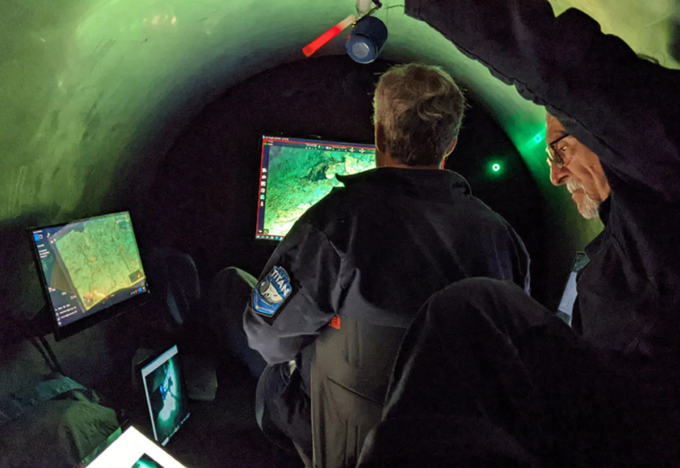
Inside the Titan submersible during a tour of the Titanic wreck. Photo: OceanGate
In defending its decision not to assess Titan's safety, OceanGate stressed that it had made safety innovations on the ship, including carbon-fiber pressure vessels and a real-time hull health monitoring system.
OceanGate says Titan “innovatively uses advanced materials to make the vessel lighter and more cost-effective than any other deep-sea submersible.” The company also says that the combination of groundbreaking mechanical engineering and advanced technologies gives Titan “a unique advantage.”
In an interview with the Guardian in late 2022, Rush said the Titan was specifically built to get close to and observe the Titanic. "Our submersible weighs about half as much as other deep-sea submersibles or underwater research vessels. Because it's smaller and lighter, it's much more maneuverable. So we can get very close to the Titanic wreck," he said.
But with the revelations about Titan's safety, many people wonder why such an experimental submersible was allowed to carry people to depths of nearly 4,000 meters. "OceanGate appears to have exploited a legal loophole: there are no regulations for experimental submersibles operating in international waters," wrote Justin Rohrlich, an analyst at the Daily Beast .
Because the Titanic wreck lies in international waters in the Atlantic Ocean, there are no laws requiring companies like OceanGate to comply with submersible exploration regulations. That's why, Rohrlich says, OceanGate's experimental submersible didn't have to undergo any regulatory review or approval.
“The company never met international safety standards because it was both an innovative and experimental project,” said Walt Hendrick, a former safety coordinator for the US Army’s Green Beret Diver Training Program.
"It does not have a beacon to notify the Coast Guard of its location. The ship is capable of surfacing on its own, but this buoyancy device will not work if the ship's electrical system fails," he added.
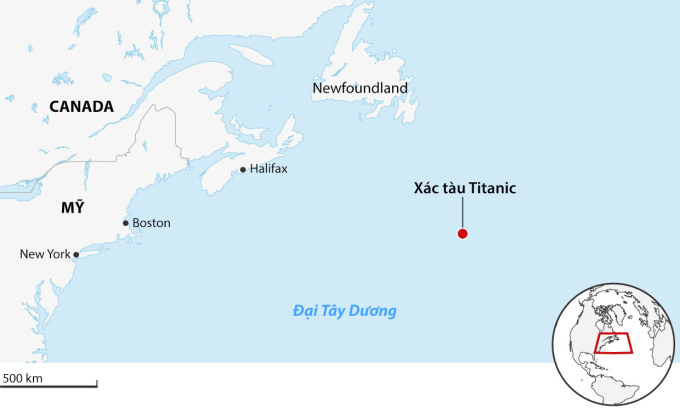
The location of the Titanic wreck in the Atlantic Ocean. Graphic: Guardian
Observers say the Titan bears some similarities to the Titanic, which sank in 1912. The Titanic was also an experimental ship that was considered a technological and engineering marvel at the time. Many of its passengers were wealthy people who wanted to make the journey across the Atlantic. However, the ship, which was considered “unsinkable” at the time, also lacked basic safety equipment, leading to the deaths of more than 1,500 people when it hit an iceberg.
"It's a harsh but memorable lesson. History may not repeat itself, but there are occasional parallels," Rohrlich said.
Thanh Tam (According to Daily Beast, Guardian, CNN )
Source link



![[UPDATE] April 30th parade rehearsal on Le Duan street in front of Independence Palace](https://vstatic.vietnam.vn/vietnam/resource/IMAGE/2025/4/18/8f2604c6bc5648d4b918bd6867d08396)


![[Photo] Prime Minister Pham Minh Chinh receives Mr. Jefferey Perlman, CEO of Warburg Pincus Group (USA)](https://vstatic.vietnam.vn/vietnam/resource/IMAGE/2025/4/18/c37781eeb50342f09d8fe6841db2426c)





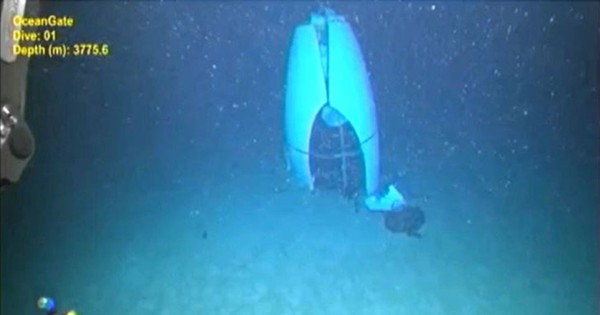
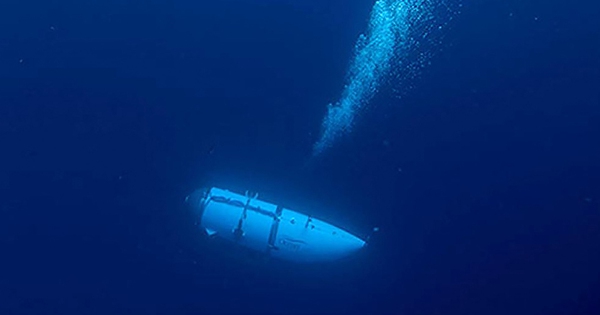








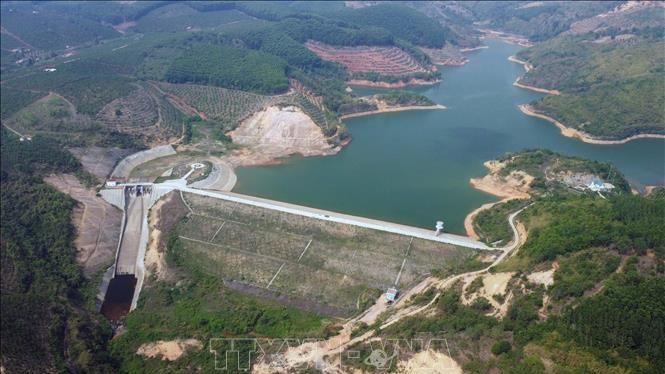






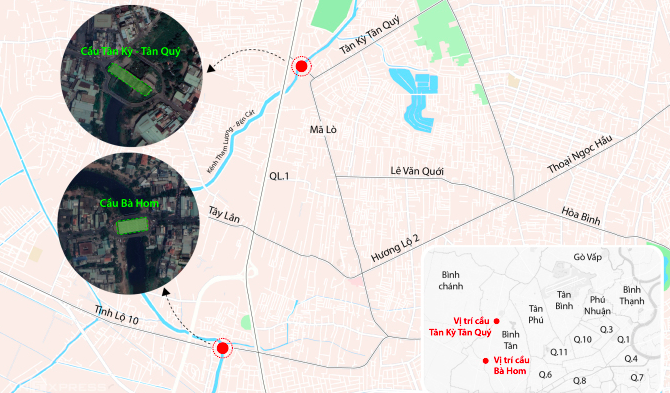
















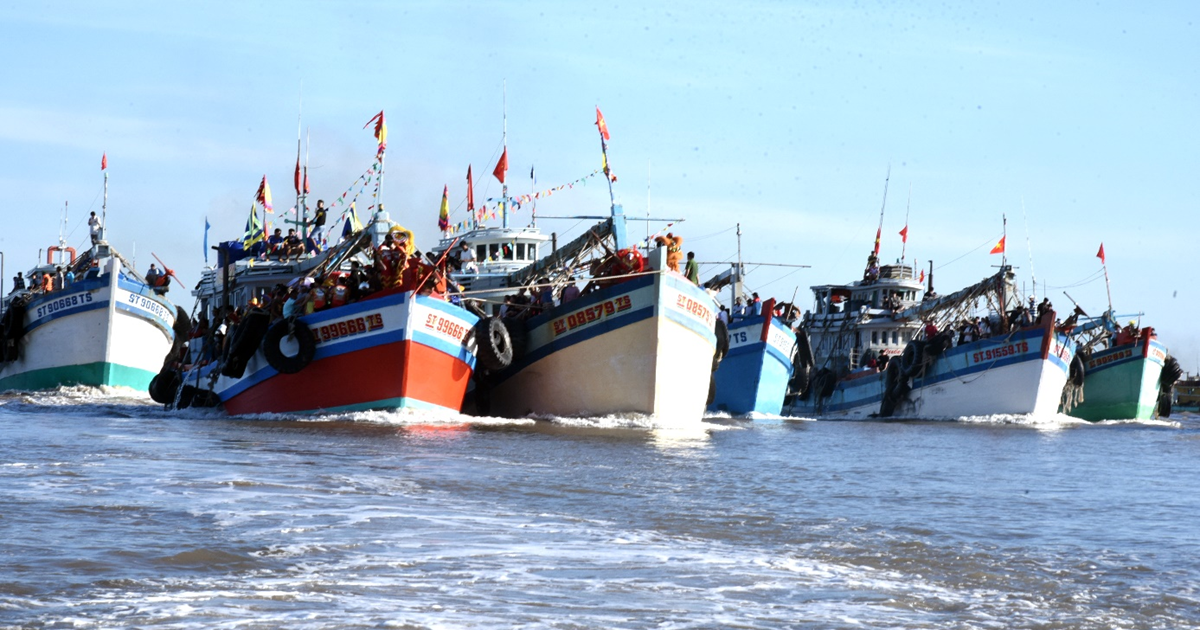
























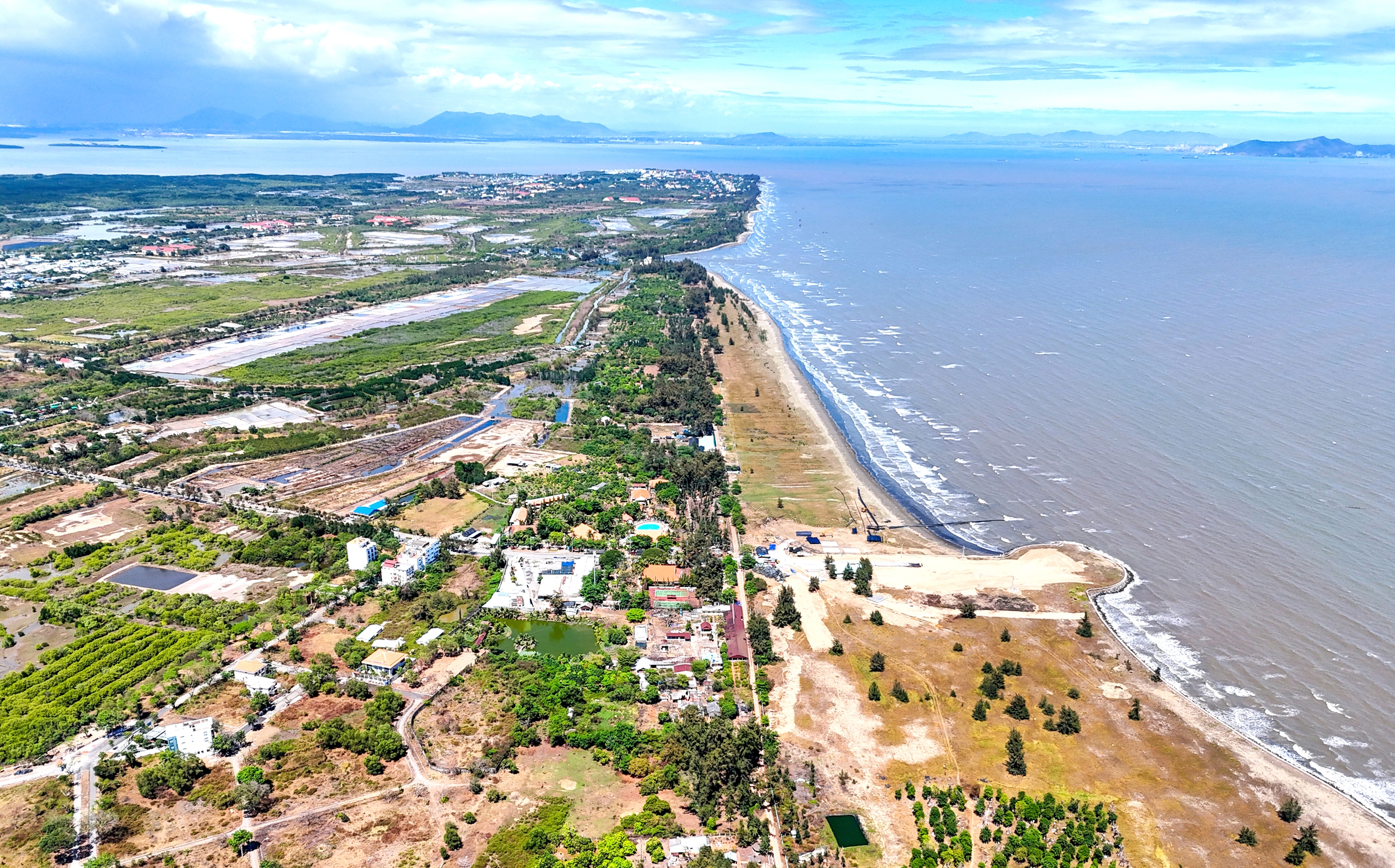
































Comment (0)